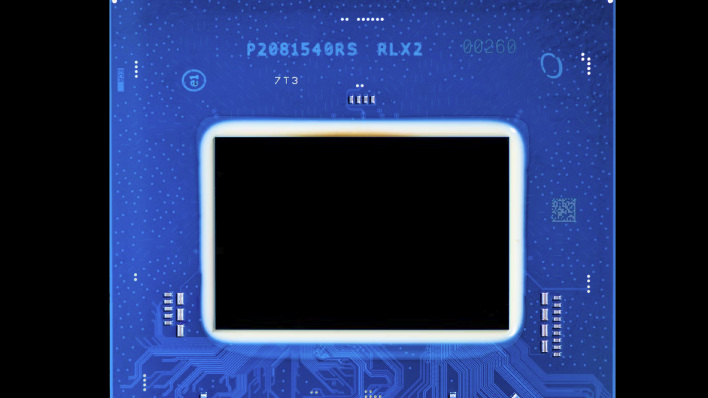Intel Revs Into Discrete Automotive GPUs With Arc A760A For AI-Powered Cars
Intel has decided to put the pedal to the metal in terms of its advanced AI automotive technology to more aggresively battle its competition. Qualcomm presented its concept car showing off the company’s Snapdragon Digitial Chassis technology at this year’s CES event. During the same event, AMD expanded its automotive technology portfolio with the introduction of two new chips, the Versai AI Edge XA adaptive SOC and the Ryzen Embedded V2000A series processors. Now, Intel is bringing its own discrete GPU to the vehicle cockpit to power next-gen automotive AI.
In a press release, Intel remarked its new dGPU is designed for AI-driven cockpit experiences and enhanced personalization. The company added its discrete GPU addresses a growing demand for compute power in an increasingly sophisticated vehicle cockpit.
Intel remarked, “Automakers can now design a single vehicle platform that scales across trim levels. Entry and mid-level models can leverage the Intel SDV SoC, while higher-end vehicles can benefit from the added horsepower of the dGPU for even more premium features. This approach streamlines development as software is fully compatible across the integrated GPU and the discrete GPU.”
The company believes a state-of-the-art AI cockpit should incorporate three fundamental capabilities. The first is a cockpit which features 4K high-refresh-rate displays and fully 3D user interfaces to deliver an immersive user experience. Next, privacy and security should be prioritized in cockpit designs that capture panoramic views outside the vehicle while maintaining strict privacy inside. Finally, Cockpits should be equipped with multimodal interaction, large language models and full-cockpit AI perception.

Key features of Intel’s AI cockpit solution include:
- Scalability.
- Next generation in-vehicle experiences, such as Intel-powered voice, camera and gesture recognition.
- Deep personalization with AI algorithms learning driver preferences.
- Enhanced productivity, gaming and entertainment, allowing automakers to turn a vehicle into a mobile office and entertainment hub with immersive 4K displays, multiscreen apps, and advanced 3D interfaces.
- Intel’s AI PC Accelerator Program, which brings together more than 100 independent software vendors partners who have created 500+ features and AI apps.
“Intel’s strategy is to bring the power of AI into devices of every size and shape, and we’re thrilled to bring that expertise and our vast open AI ecosystem to the automotive industry,” remarked Jack Weast, vice president and general manager of Intel Automotive. “China’s rapid electric vehicle development cycles and advanced technological adoption make it an ideal testing ground for our next-generation technologies.”
According to Intel, the company aims to be a go-to partner for automakers. The tech giant’s new discrete automotive GPU, along with its XPU strategy, and AI accelerator software ecosystem and optimization capabilities move it closer to being able to do so.


